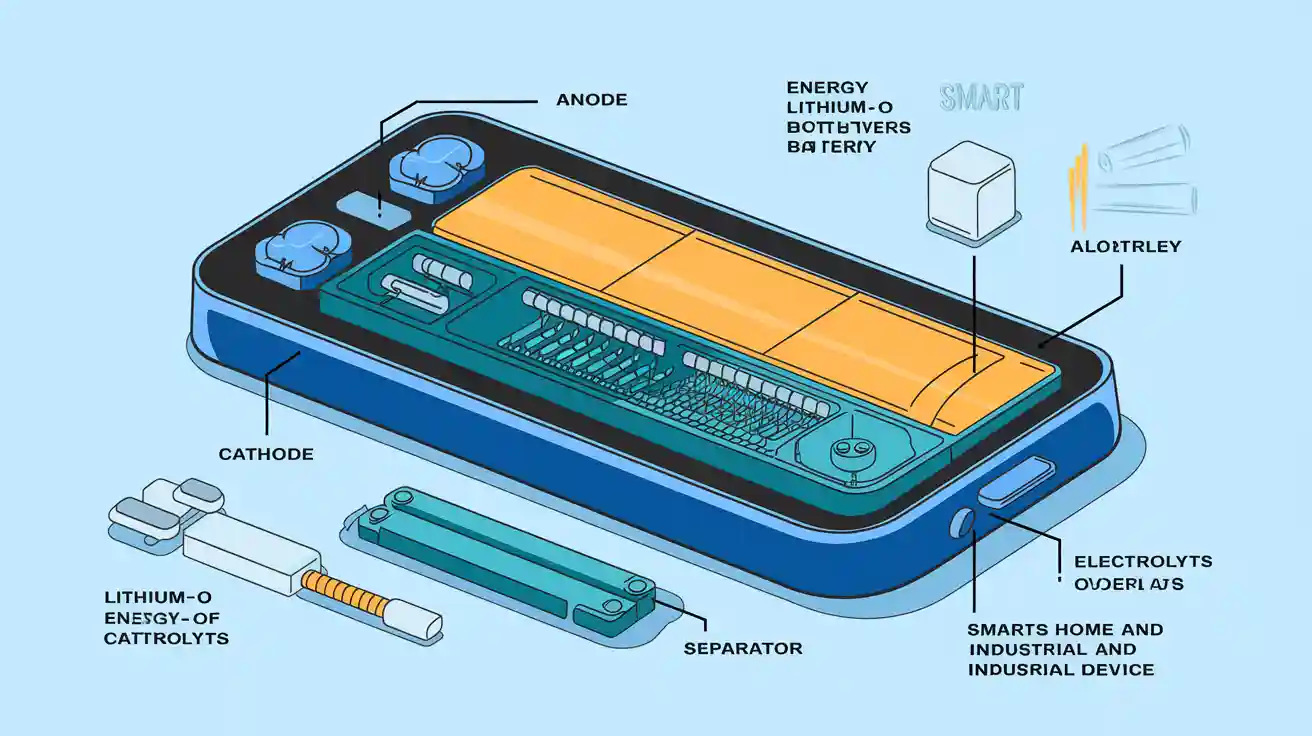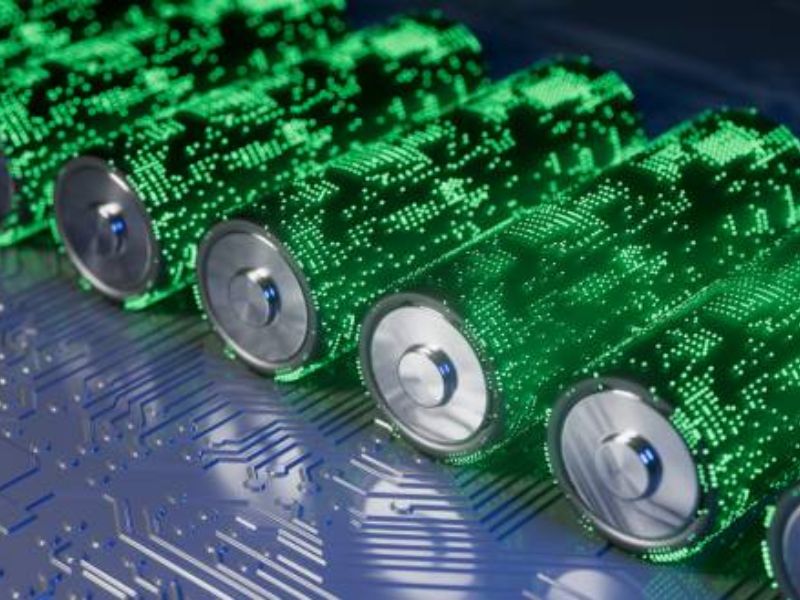
Definición en una frase
Energy density is the amount of energy stored in a system per unit of mass (Wh/kg) or volume (Wh/L), indicating how much energy a battery or fuel can hold relative to its size or weight.[1]
Explicación detallada
In battery technology, energy density is a critical metric that determines how long a device can operate before needing a recharge or refuel. It is typically measured in watt-hours per kilogram (Wh/kg) for gravimetric energy density, or watt-hours per liter (Wh/L) for volumetric energy density. A higher energy density means more energy can be stored in a smaller or lighter package, which is especially important for portable electronics, electric vehicles, and space-constrained industrial or smart home devices.
Energy density should not be confused with power density, which measures how quickly energy can be delivered. While energy density is like the size of a pool, power density is how fast you can drain it.[1] Both are important, but they serve different roles in battery performance.
Key Components and Measurement
- Core Battery Structure: A lithium-ion battery consists of an anode, cathode, separator, electrolyte, and current collectors. The choice of materials and design directly impacts the battery’s energy density.[2]
- Cálculo: Energy density is calculated as:
- Gravimetric: (Battery Capacity in Ah × Nominal Voltage in V) / Battery Mass in kg
- Volumetric: (Battery Capacity in Ah × Nominal Voltage in V) / Battery Volume in L
- Industry Standards: International standards such as ISO 12405 and ISO 23625 specify test procedures for measuring the energy density of lithium-ion batteries, ensuring consistency and safety across applications.
Aplicaciones reales
High energy density batteries are essential in:
- Smart Home Devices: From security cameras to smart locks, high energy density enables longer operation and sleeker designs. For example, Yungbang’s custom lithium battery solutions power smart home and handheld devices, maximizing runtime while minimizing size.
- Industrial Equipment: In industrial automation, compact batteries with high energy density allow for more efficient, portable, and reliable equipment.
- Electric Vehicles and Portable Electronics: Higher energy density translates to longer driving ranges and longer device usage between charges.
Case Example: Yungbang provides custom lithium-ion and lithium polymer battery packs for clients in over 30 countries, supporting applications that demand high energy density for extended operation and compact form factors. Their batteries are certified to international standards (UL, CE, FCC, UN, PSE, CQC), ensuring both performance and safety.
Conceptos relacionados
- Power Density: Measures how quickly energy can be delivered (W/kg or W/L). High power density is crucial for applications needing rapid bursts of energy, while high energy density is key for long-lasting power supply.[3]
- Specific Energy: Another term for gravimetric energy density.
- Capacidad: The total amount of charge a battery can deliver, usually measured in ampere-hours (Ah).
Comparison Table:
| Tipo de batería | Densidad energética (Wh/kg) | Power Density (W/kg) |
|---|---|---|
| Plomo ácido | 30 – 40 | 180 – 300 |
| Nickel Cadmium | 40 – 60 | 150 – 200 |
| Lithium Ion | 100 – 265 | 250 – 340 |
| Polímero de litio | 100 – 130 | 300 – 6200 |
| Lithium Iron Phosphate | 90 – 120 | 1800 – 5000 |
Source: Polinovel Group
Visual Aids
Why It Matters for Custom Battery Solutions
For businesses and manufacturers, especially in sectors like smart home, industrial automation, and consumer electronics, choosing batteries with the right energy density is crucial for product performance and competitiveness. Yungbang’s expertise in custom lithium battery design ensures that clients receive solutions optimized for both energy density and application-specific requirements.
Learn more about Yungbang’s custom lithium battery solutions →
Referencias:



